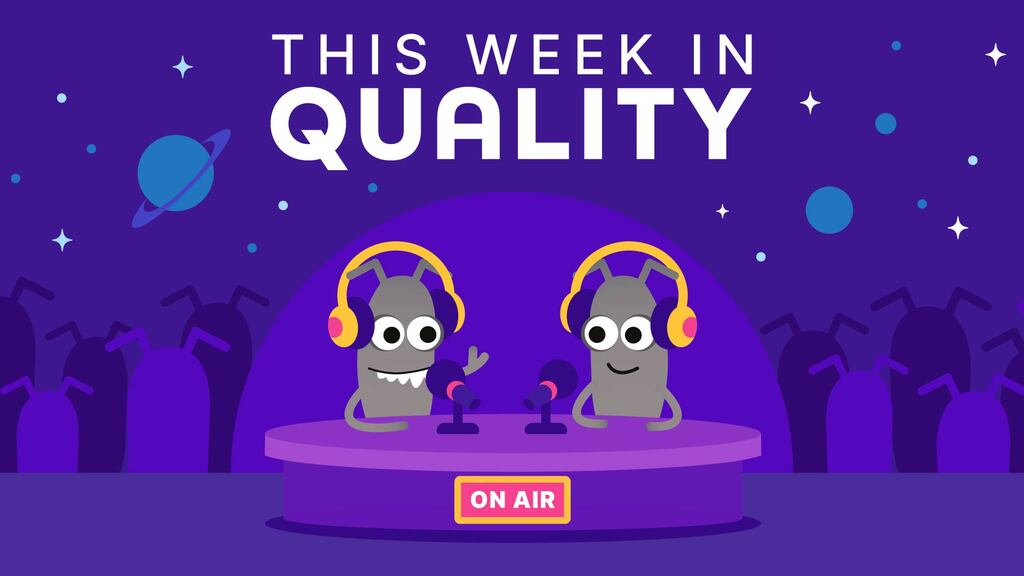By Simon Tomes
Good exploratory testing requires good note-taking skills. It looks good and I found this bug might be enough. But what are you missing out on by not taking notes to support your summary? What information have you left undiscovered? What did you observe that you didn’t document? What haven't you shared?
Notes trigger more test ideas. The act of writing engages a creative part of our exploration. When lost in a test your notes remind you to come back to that idea you just had. It’s also impossible to remember and recall every detail of an exploratory testing session, particularly when sharing your discoveries at a later date.
Capturing notes won’t interrupt the flow of your testing activity. In fact, it improves flow and adds good structure to the process. There are tools to help: you could use a physical notepad, a digital notepad, a word processor, a mind mapping tool or a dedicated note-taking tool for exploratory testing. Regardless of your note-taking tool these four simple words will keep your notes organised:
Problems
Questions
Ideas
Praise
Use Problems, Questions, Ideas and Praise (PQIP) to categorise your discoveries. With the PQIP method you get to call out your own ideas, ask questions and share compliments with your team – as well as document things you think are problems. It's a far cry from the try to break it and raise bugs testing ideology!
For example, imagine you’re exploring a print dialogue to discover information about the configured print destination. Your notes might look like this:

In this example the actual words for PQIP aren't used. The iconography draws attention and makes use of different colours. If iconography isn't to your liking you could easily use a hashtag or write the relevant PQIP label e.g. "Problem". Either way, organise and draw attention to your exploratory testing notes with PQIP labelling.
💡 Try this
Grab a physical notepad and pen or open up an application that allows you to type notes, such as Google Docs, Word or Evernote.
Pick something to test. Maybe the latest deploy includes a story that needs your attention.
Set a timer for 30 minutes.
Start exploring!
Document in real-time what you’re thinking and observing.
Try to categorise each note as either a problem, question, idea or praise. Don't worry if they don’t fall into one of those categories, just leave the categorisation blank.
Stop exploring at 30 minutes.
Read back your notes. What was it like to categorise your notes using PQIP? What surprised you? What test ideas did you trigger? What sort of testing story have you described? How comfortable would you feel walking someone through your notes?

Contribute more!
Give yourself permission to discover more than just bugs! Your exploration notes will trigger ideas and questions. And of course you’ll find things which are equally important to call out with positivity. Give your exploratory testing activities the attention it deserves. Use problems, questions, ideas and praise to level up your exploratory testing efforts.





